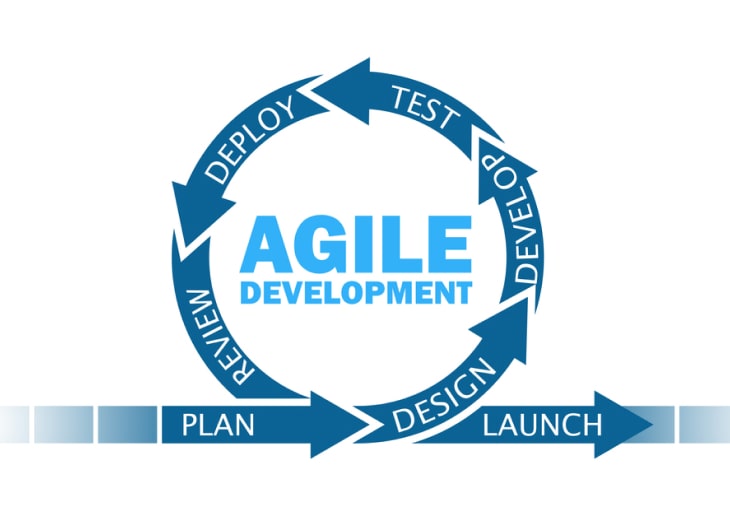Contact Info

In today's fast-paced and ever-evolving digital landscape, the ability to adapt and respond swiftly is paramount. Traditional software development methodologies often struggle to keep pace with the rapid changes and emerging requirements in the tech industry. This is where Agile Development steps in, offering an innovative and flexible approach that aligns with the dynamic nature of modern software requirements.
Understanding Agile Development
Agile Development is an iterative and collaborative software development approach that emphasises flexibility, customer feedback, and cross-functional teamwork. Unlike the traditional Waterfall model, where each stage is completed before moving to the next, Agile divides the project into small, manageable parts known as iterations or sprints.
Key Principles of Agile Development
1. Customer-Centric Approach
Agile places the customer at the core of the development process. Continuous customer feedback is sought and incorporated throughout the development cycle, ensuring the final product meets their evolving needs.
2. Iterative and Incremental Development
The development process is divided into small iterations, usually two to four weeks long. At the end of each iteration, a potentially shippable product increment is delivered, providing tangible progress and allowing for adjustments based on feedback.
3. Cross-Functional Teams
Agile promotes collaborative teamwork by bringing together individuals from various disciplines, such as development, testing, design, and product management. This ensures a holistic approach and a shared understanding of the project's goals.
4. Flexibility and Adaptability
Agile methodologies are designed to accommodate changing requirements, even late in the development cycle. The ability to pivot and make adjustments based on feedback and emerging needs is a key advantage of Agile.
5. Transparency and Communication
Open and regular communication within the team and with stakeholders is crucial. Agile methodologies advocate for transparency, ensuring that everyone involved has a clear understanding of the project's progress and challenges.
Benefits of Agile Development
Conclusion
Agile Development is a dynamic and customer-centric approach that has revolutionised the software development industry. Its principles and practices empower teams to build high-quality software that meets the ever-changing needs of users and the market. Embracing Agile is crucial for organisations seeking to stay competitive and deliver software that truly resonates with their audience in today's rapidly changing world.